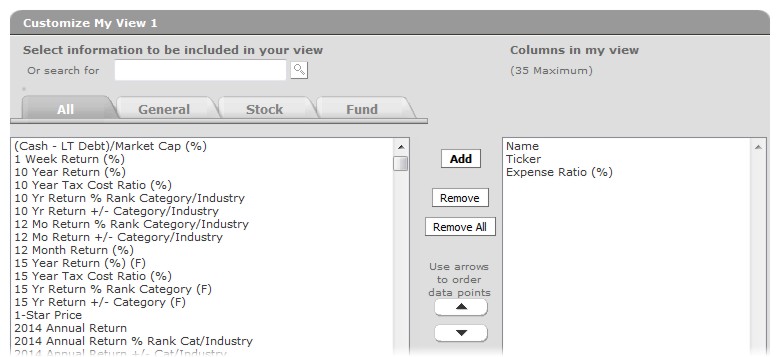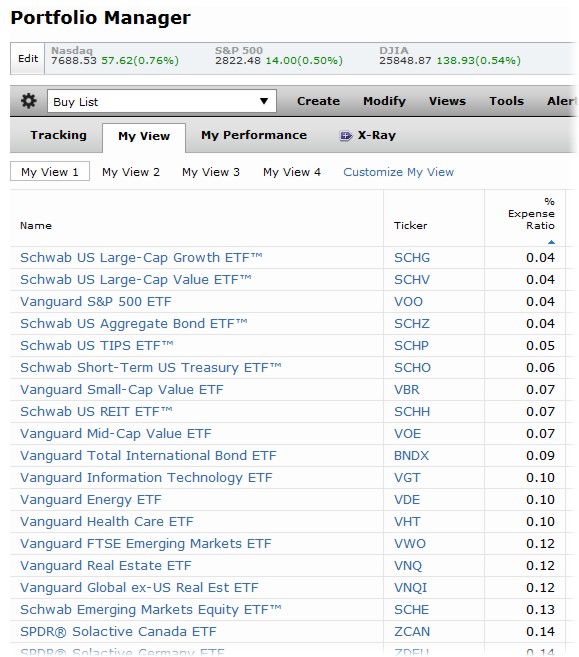
Low fund expense ratios are one of the best predictors of superior future returns. Lower fees and expenses leaves more money for investors.
Meanwhile, commission-based advisors utilize higher expense funds where they stand to gain from some of the advice they give to clients. Funds that pay sales charges, pay-to-play kickbacks, 12b-1 fees, or other commissions usually have much higher expense ratios. In fact, commission-based advisors may not even know how much their conflicts of interest are costing their clients.
Take for example the mutual fund families that pay Ameriprise to be a “full participation firm” promoted on their platform. Most of those twenty eight fund families are poorly rated in The Morningstar Fund Family 150 analysis. Only eight of these fund families were given a “Positive” Rating by Morningstar. The average expense ratio of those fund families is 0.79%.
Meanwhile, we build portfolios with an average expense ratio of about 0.24%. We try to avoid any fund with an expense ratio much higher than 0.50%.
The expense ratio charged by your funds matters.
If you invested $100,000 at age 20 appreciating 8% annually minus the fund’s expense ratio, the difference between 0.24% and 0.79% would be significant over your working career.
With a 0.79% expense ratio your $100,000 would grow over 45 years to $2,293,973 by age 65. This shows the power of long-term investing even with higher than average expense ratios.
But with a 0.24% expense ratio your $100,000 would grow to $2,887,960, a full $593,987 more.
Low fees matter, and you should know your fund expense ratios. Although you can sometimes buy better investment management or comprehensive financial planning advice with a higher fee, if there is an equivalent product with a lower fee, your advisor should be open to considering it.
There are many websites where you can find the expense ratio of your mutual funds and exchange traded funds. You owe it yourself to know how much each of your investments is costing you in future growth.
As an example, at Morningstar.com you can create a portfolio of all of your investments.
Investments are entered by their Ticker Symbol. Mutual Fund Ticker Symbols are always five characters ending in a X such as VFINX (Vanguard 500 Index Investor). Exchange traded funds have a variable number of characters such as VOO (Vanguard S&P 500 ETF). Individual stocks are also a variable number of characters such as MSFT (Microsoft Corporation). Mutual funds and exchange traded funds have an expense ratio to manage the fund. Individual stocks do not.
The standard views for a Morningstar portfolio do not include expense ratios. But you can create a customized view showing the Name, Ticker, and Expense Ratio.

Once your view has been created, you can show all of your fund holdings and sort them by expense ratio.

We recommend you replace any funds with an expense ratio over 0.50%.
And we recommend you replace any commission-based financial advisor who stands to benefit by recommending expensive funds.
Photo by Daan Mooij on Unsplash